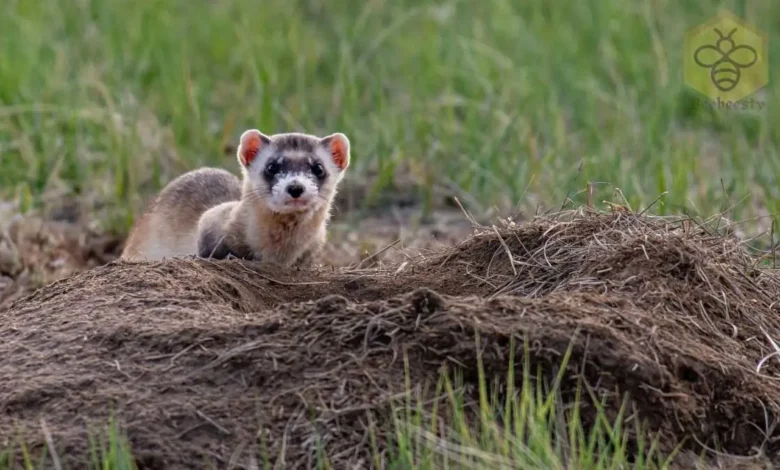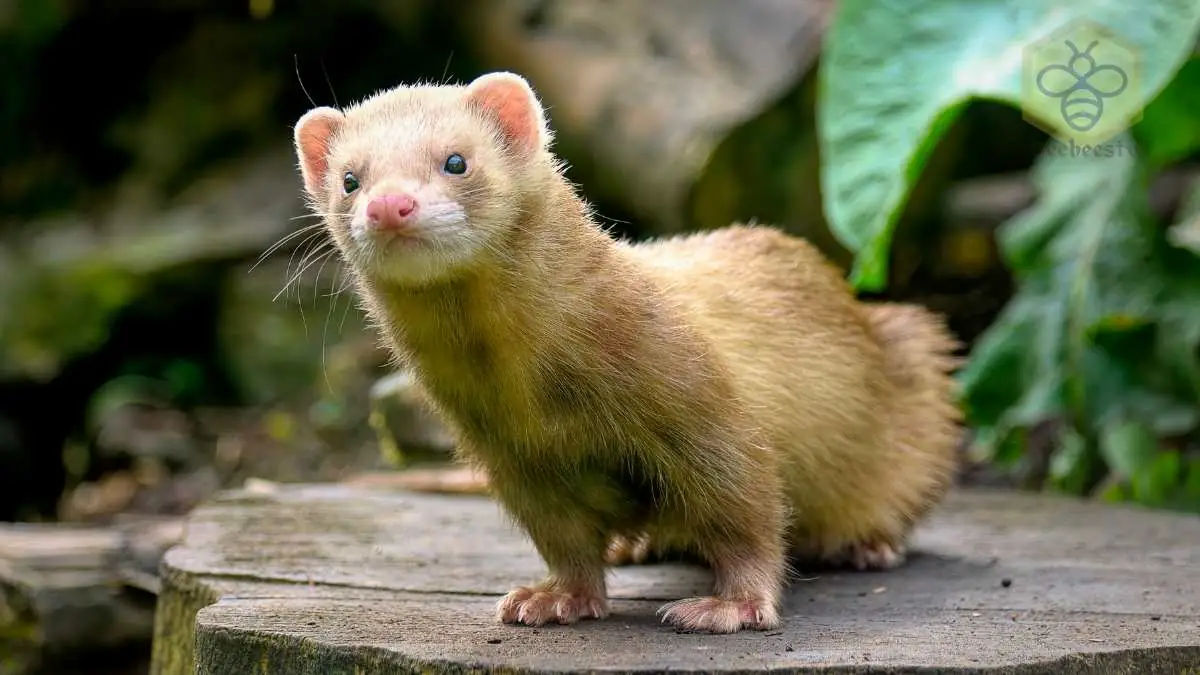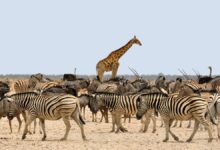Ferret: The Playful and Curious Mammal

Ferret: The Playful and Curious Mammal
Ferret
Introduction
Ferrets are small, energetic, and mischievous mammals known for their playful nature and curiosity. They have been domesticated for thousands of years and are popular pets worldwide. These intelligent creatures belong to the weasel family and have a long, slender body that helps them squeeze into small spaces. Whether as pets or working animals for hunting rodents, ferrets are fascinating creatures with unique characteristics.
Scientific Overview
Scientific Name
Mustela putorius furo
Common Name
Ferret
Scientific Classification
| Kingdom | Animalia |
| Phylum | Chordata |
| Class | Mammalia |
| Order | Carnivora |
| Family | Mustelidae |
| Genus | Mustela |
| Species | Mustela putorius furo |
Types of Ferrets
There are mainly two types of ferrets:
- Domesticated Ferret (Mustela putorius furo) – The common pet ferret, bred for companionship and hunting rodents.
- Black-Footed Ferret (Mustela nigripes) – A wild and endangered species native to North America.
Habitat and Distribution
- Domesticated Ferrets: Found in homes worldwide as pets. They do not have a natural wild habitat.
- Black-Footed Ferrets: Found in North America’s grasslands and prairie regions, where they rely on prairie dogs for food and shelter.
- European Polecat (Wild Ancestor): Found in Europe, Asia, and North Africa, it prefers woodlands, grasslands, and farmlands.
Ferrets thrive in environments with plenty of hiding spots, tunnels, and space to explore. They are known to burrow and create nests in confined areas.
Physical Characteristics
Size and Weight
- Length: 13–16 inches (33–41 cm)
- Tail Length: 5–6 inches (13–15 cm)
- Weight: 1.5–4 pounds (0.7–1.8 kg)
Appearance
- Slender, elongated body – Helps them squeeze into small spaces.
- Soft, dense fur – Comes in colors like albino, sable, black, and chocolate.
- Short legs and sharp claws – Ideal for digging and climbing.
- Small, round ears and a pointed snout – Gives them excellent hearing and smell.

Diet and Feeding Habits
Ferrets are carnivores with a diet consisting of:
- Small rodents (mice, rats)
- Birds and eggs
- Insects
- Meat-based commercial ferret food (for domesticated ferrets)
They have a fast metabolism, requiring multiple small meals throughout the day.
Predators and Threats
- Natural predators: Birds of prey (hawks, owls), foxes, coyotes, and large snakes.
- Threats to wild species: Habitat destruction, disease, and competition for food.
- Domesticated threats: Improper diet, poor housing conditions, and lack of veterinary care.
Reproduction, Babies, and Lifespan
- Breeding season: March to August.
- Gestation period: 42 days.
- Litter size: 3–8 kits (baby ferrets).
- Weaning age: 6–8 weeks.
- Lifespan: 5–10 years in captivity.
Population and Conservation Status
- Domesticated Ferrets: Not endangered.
- Black-Footed Ferrets: Endangered due to habitat loss and declining prairie dog populations. Conservation programs are working to reintroduce them into the wild.
Behavior and Lifestyle
- Nocturnal and crepuscular – Most active at dawn and dusk.
- Curious and playful – Love exploring and hiding in small spaces.
- Sleep for 14–18 hours a day – Enter a deep sleep called “ferret dead sleep.”
- Social animals – Prefer living in groups called “businesses.”
Ecological Role
Ferrets help control rodent populations, preventing agricultural damage. Black-footed ferrets play a key role in prairie ecosystems by preying on prairie dogs.
FAQs About Ferrets
1. Are ferrets good pets?
Yes, but they require proper care, social interaction, and a safe environment.
2. Do ferrets smell bad?
Ferrets have a natural musky scent, but regular cleaning and bathing can reduce odors.
3. Can ferrets be trained?
Yes! Ferrets can learn tricks, use a litter box, and respond to their name.
4. Are ferrets legal everywhere?
No, some places like California and Hawaii ban ferrets as pets due to ecological concerns.
5. What do ferrets love to play with?
They enjoy tunnels, balls, and interactive toys that stimulate their curiosity.
Conclusion
Ferrets are fascinating, playful creatures with a rich history of domestication. Whether as pets or wild predators, they play an essential role in their environment. However, owning a ferret requires responsibility, as they need special care, a proper diet, and a stimulating environment. Understanding these energetic mammals helps us appreciate their unique traits and contributions to the ecosystem.


